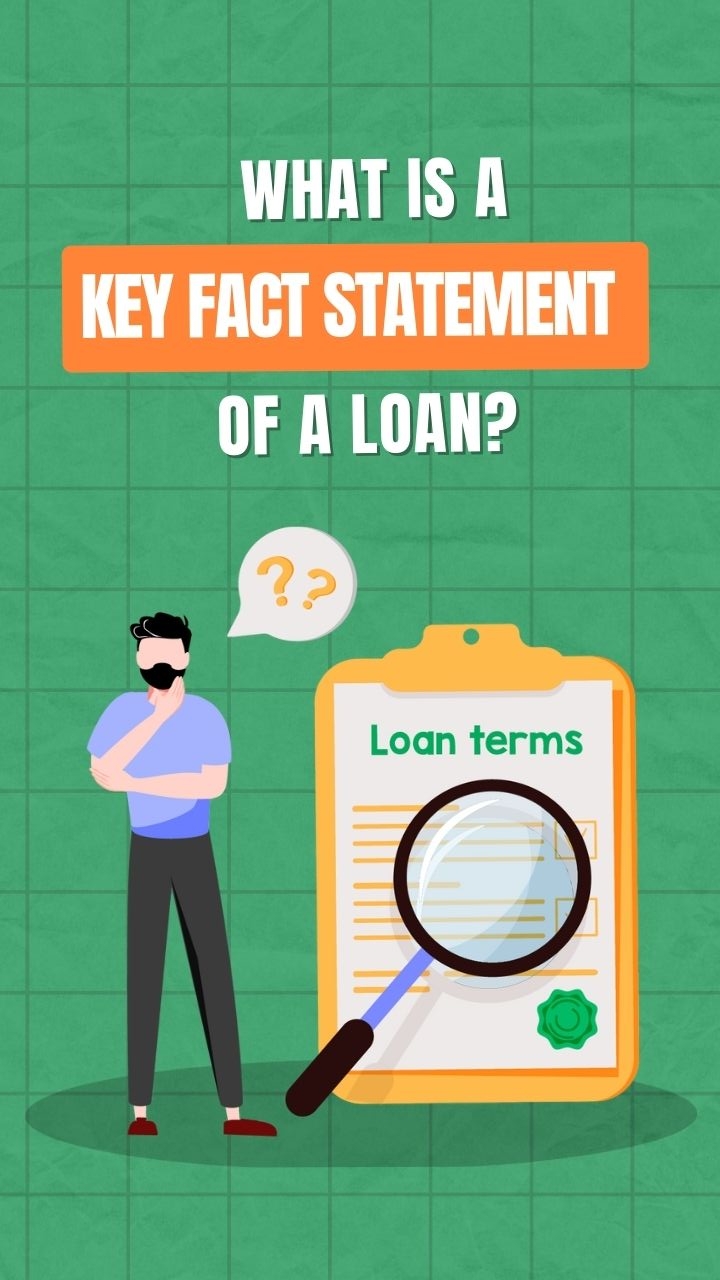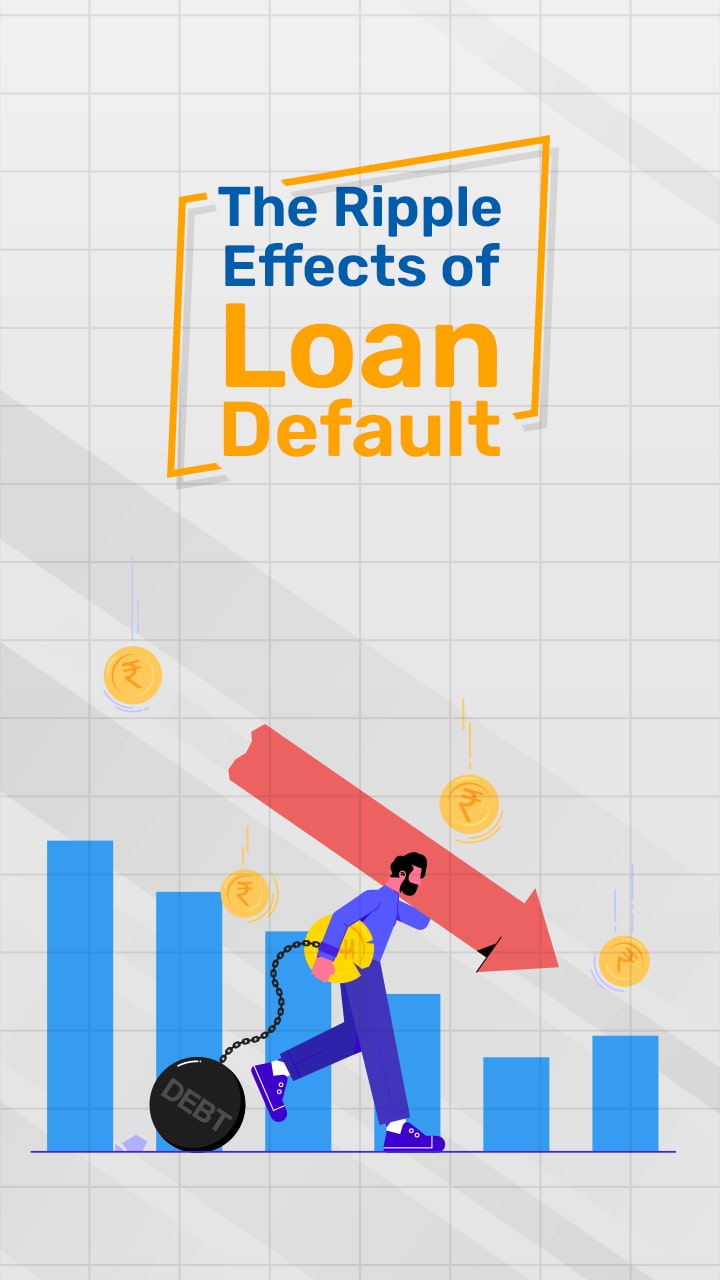Will Refinancing Help You Manage Debt Better?
Refinancing could offer a strategic way to manage your debt, helping you reduce EMIs and simplify your financial obligations. In this video, we’ll look at how refinancing works and what it could mean for your finances.
We’ll break down how switching to a lower interest rate might help reduce your monthly payments, leaving you with more disposable income. We’ll also explore how consolidating multiple loans into one could simplify your repayment process and improve your overall financial planning.
Additionally, refinancing might give you the flexibility to extend your loan tenure, further lowering your monthly EMIs. You’ll learn about the option to switch between fixed and floating interest rates depending on market conditions. We’ll talk about potential costs, such as processing fees and the higher total interest that could come with extended loan tenures.
Through an understanding of refinancing, you might be able streamline your debt management strategy and strengthen your financial position.

Key Takeaways
Refinancing lets you replace your current loan with a new one that could offer more favourable terms and lower costs
Switching to a lower interest rate through refinancing might help you reduce your monthly EMIs and overall debt
Refinancing could consolidate multiple loans into a single repayment, making your debt easier to manage
It provides the option to choose between fixed and floating interest rates, depending on market trends and your needs
Extending your loan’s tenure through refinancing could decrease your monthly payments, improving your cash flow
Reduced EMIs might free up more disposable income for other financial priorities or expenses
Combining various debts into one loan through refinancing could simplify repayments and reduce financial stress
Costs like processing fees and prepayment charges could offset some of the savings gained through refinancing
Although longer tenures lower EMIs, they could result in higher total interest payments over the loan term
Weighing the advantages and potential costs of refinancing might help you create a more effective debt management plan
What to Watch Next
Bites




































